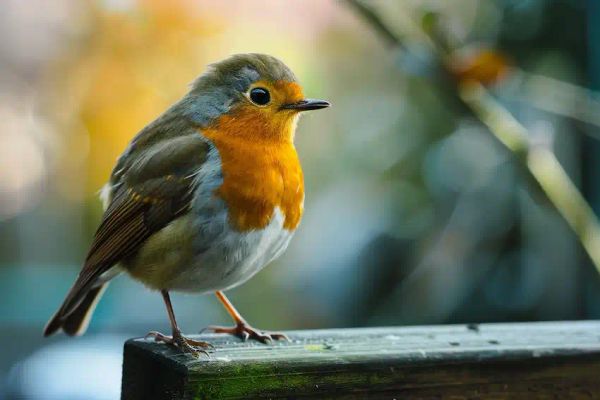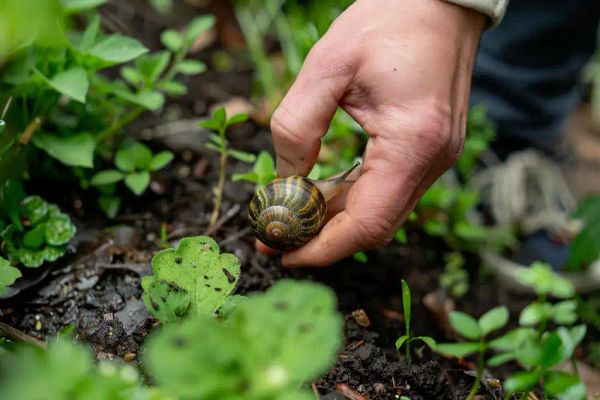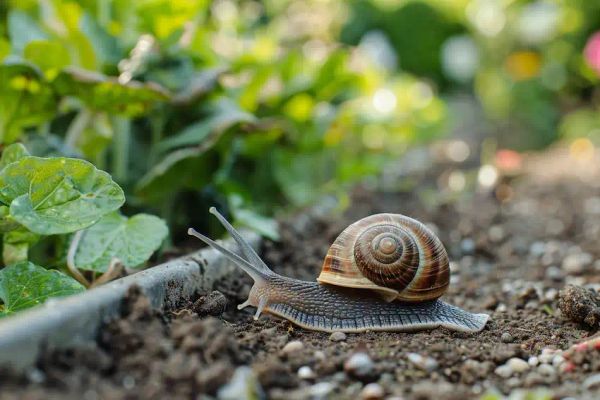Garden snails and slugs can be a real headache, causing damage to your beloved plants. But don’t worry! There are safe and effective methods to manage these pests without resorting to harmful chemicals. Here are seven eco-friendly ways to get rid of garden snails and slugs using everyday materials and simple practices.

1. Handpicking
Handpicking is one of the easiest and most effective ways to control snail and slug populations in your garden. Simply follow these steps:
- Go out in the evening or early morning when snails and slugs are most active.
- Wear gloves and carry a bucket of soapy water.
- Pick the snails and slugs off your plants and drop them into the soapy water to eliminate them.
2. Beer Traps
Beer traps are a popular and humane method to attract and drown snails and slugs. Here’s how you can make your own:

- Bury a shallow dish or container so that the rim is at soil level.
- Fill the container with beer. The yeast in it attracts the pests.
- Check the trap daily and dispose of any caught snails and slugs.
3. Copper Barriers
Copper barriers create a mild electric charge that repels snails and slugs. They are particularly useful in raised beds and garden beds. Here’s how to use them:
- Purchase copper tape or strips.
- Apply the copper tape around the rims of pots, raised beds, or garden bed edges.
- Make sure there are no gaps for the pests to crawl through.
Eggshells and Coffee Grounds
Eggshells and coffee grounds are natural deterrents that can help keep snails and slugs away from your plants. Here’s how to use them:

- Crush eggshells and spread them around the base of your plants. The sharp edges deter the pests.
- Scatter used coffee grounds around your garden. The caffeine is toxic to snails and slugs, and they dislike the rough texture.
5. Diatomaceous Earth
Diatomaceous earth is a fine powder made from fossilized algae that dehydrates and kills snails and slugs upon contact. Here’s how to use it:
- Sprinkle diatomaceous earth around the base of your plants and garden beds to create a barrier.
- Reapply after rain or heavy watering to maintain its effectiveness.
6. Natural Predators
Encouraging natural predators in your garden can help keep snail and slug populations in check. Here are some beneficial predators to attract:
- Birds: Install bird feeders and baths to attract insect-eating birds.
- Frogs and Toads: Create a small pond or provide shelter to encourage these amphibians.
- Ground Beetles: Provide ground cover and mulch to create habitats for these beneficial insects.
7. Barriers and Traps Using Everyday Materials
You can also use everyday materials like cement blocks and plastic bottles to effectively deter snails and slugs. Here’s how:
- Cement Blocks: Arrange them around your garden beds. Their rough texture is difficult for pests to cross. Fill the holes with soil and plant herbs or flowers to make them functional and decorative.
- Plastic Bottles: Cut them into rings and place them around the base of your plants. The sharp edges and slippery surface make it hard for snails and slugs to climb.
Managing snails and slugs in your garden doesn’t have to involve harmful chemicals. By using these seven safe and effective methods, you can protect your plants and maintain a healthy garden. Remember, consistency is key for the best results. Happy gardening!





